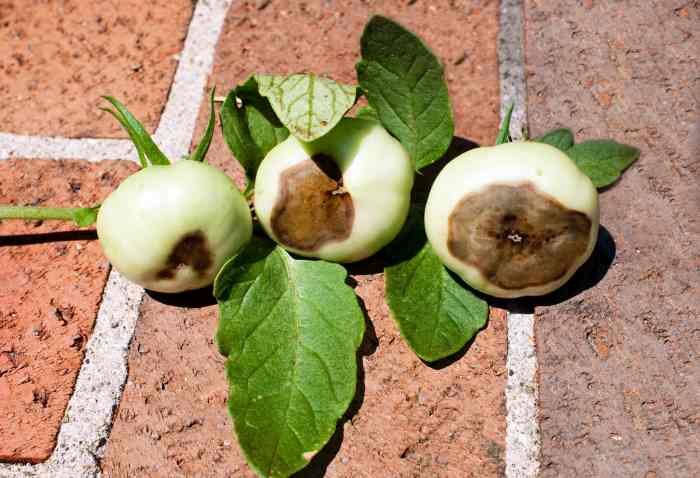Watering plants with milk is a topic I hear gardeners discuss frequently, but is milk good for plants?
The answer is yes and no, depending on what you are trying to accomplish for a specific plant.

I put together this short guide to clarify if you should water plants with milk and how it affects plant growth. I also tell you whether you can recycle spoiled milk when watering plants, and detail the steps for using milk as a fertilizer.
So, let’s dive right in to learn more about using milk to water plants!
Can You Water Plants With Milk?
You can safely water plants with milk when you dilute it with water at a 50-50 ratio. You can apply the milk mixture directly into the soil, or as a spray that you apply to plant foliage.
Related | Is Sugar Water Good For Plants?
Why would you use milk in the first place?
Many people like to recycle as much of their household waste as possible, and milk is a common leftover product in many kitchens that you can utilize to increase the health of your indoor and outdoor plants.

Never water plants with straight milk or use diluted whole milk, since it leaves behind a concentration of milk solutes that eventually turns the soil hypertonic and stops a plant’s ability to absorb water.
Milk solids left behind in the soil could also cause a bad odor, attract bugs, and possibly grow mold, all of which are harmful to the plant and aggravating for you.
Effect of Milk on Plant Growth
The main ingredients in milk, namely B vitamins, calcium, and sugars, can benefit plants in your home and garden.
Blossom end rot is a common calcium-deficiency problem in plants such as:
- Peppers
- Tomatoes
- Squash
- Calcium deficiency also causes growing issues with these crops:
- Apples
- Carrots
- Cabbage, brussel sprouts, and lettuce

Related | Determinate vs Indeterminate Tomatoes
Watering plants with milk provides calcium in sufficient quantities to offset blossom end rot and other common issues like leaf tip burn, brown spots, and bitter fruit, without the need for additional fertilizer.
Milk is not a magical plant potion. The effect milk has on plant growth improvement points out the deficiency of specific nutrients in the soil your plants are growing in.
Too much milk can be harmful to plants, causing wilting or even death, so always use with caution and monitor your plant’s health closely.
Milk as a Pesticide or Fungicide
Milk can also work as a pesticide to deter aphids, powdery mildew, and mosaic viruses that cause spotting of leaves.
Black spots on rose bushes are a common issue due to the fungus Diplocarpon rosae. Using a milk solution spray on the foliage provides lactoferrin, which works as an effective fungicide to improve the beauty of your rose bushes.
Related | Are Mushrooms Decomposers?
Is Spoiled Milk Good for Plants?
As with fresh milk, spoiled milk can be beneficial to plants when applied correctly.
Always dilute your milk mixture with water, and shake up the container well to disperse any thick milk clumps that may be in the spoiled milk carton.
The big difference between fresh and spoiled milk is the acidity level of the fluid. As milk goes sour, bacteria convert lactose into lactic acid.
Milk that has gone bad will be higher in acid and will be better suited for watering plants such as azaleas and rhododendrons that thrive in acidic soil.
Using Milk As Fertilizer
Next, I tell you the correct steps on how to use milk as a fertilizer, so your plants can utilize the beneficial minerals in milk.
Remember that the minerals found in milk leech from the soil much quicker than granule fertilizer, so more frequent application may be necessary.
Related | How Long Does Fertilizer Last?
Step 1. Gather The Milk
You can use the last bits of milk left in a gallon of fresh milk, or milk that has spoiled. You can also use powdered milk if you choose.
Try to avoid using whole milk as the fat content is very high and could cause potential issues with soil moisture absorption as well as foul odors.
Related | Best Soil Moisture Meters
Step 2. Dilute The Milk
Mix equals parts milk and water when adding the mixture directly to the soil. The ratio doesn’t have to be precise and adding in more water than milk is okay.
To create a foliage spray to treat diseases or bugs, use two parts water to one part milk.
If you have a small garden and wish to use a garden hose bottle-sprayer attachment, use about a quart of milk to water a 25-foot by 25-foot area.
Step 3. Water Or Spray Your Plants
Pour the milk solution at the base of your plants using enough liquid to ensure each plant is getting sufficient moisture to the root system.
If you have an ample supply of milk you wish to recycle, feel free to water any tomato or pepper plants with a milk mixture at every other watering.
For other types of vegetable crops, flowers, or planter beds, water with the milk solution when you begin your growing season, and again every two months.
If you want to spray your plants, fill a mister bottle with the milk mixture and mist both sides of plant leaves.
The leaves will slowly absorb the liquid. If, after several hours, you see excess solution left on the foliage, wipe it off.
Wet leaves could encourage diseases to take hold.
Next time, mist the plants with less liquid to circumvent this issue.
Step 4. Avoid Adding Extra Fertilizer
Once you apply a milk solution to your plants, don’t spread additional chemical fertilizers or pesticides that could kill off the beneficial bacteria in the milk that helps the plants grow.
Let the milk mixture work for at least one month before incorporating chemical additives.
Related | Compost vs Fertilizer
In Summary
Watering plants with milk provides surprising benefits for indoor and outdoor plants by contributing essential nutrients and deterring diseases from taking hold.
I hope you find this article enlightening on how to recycle sour or leftover milk into your gardening routine to improve the health of the plants around your home!











